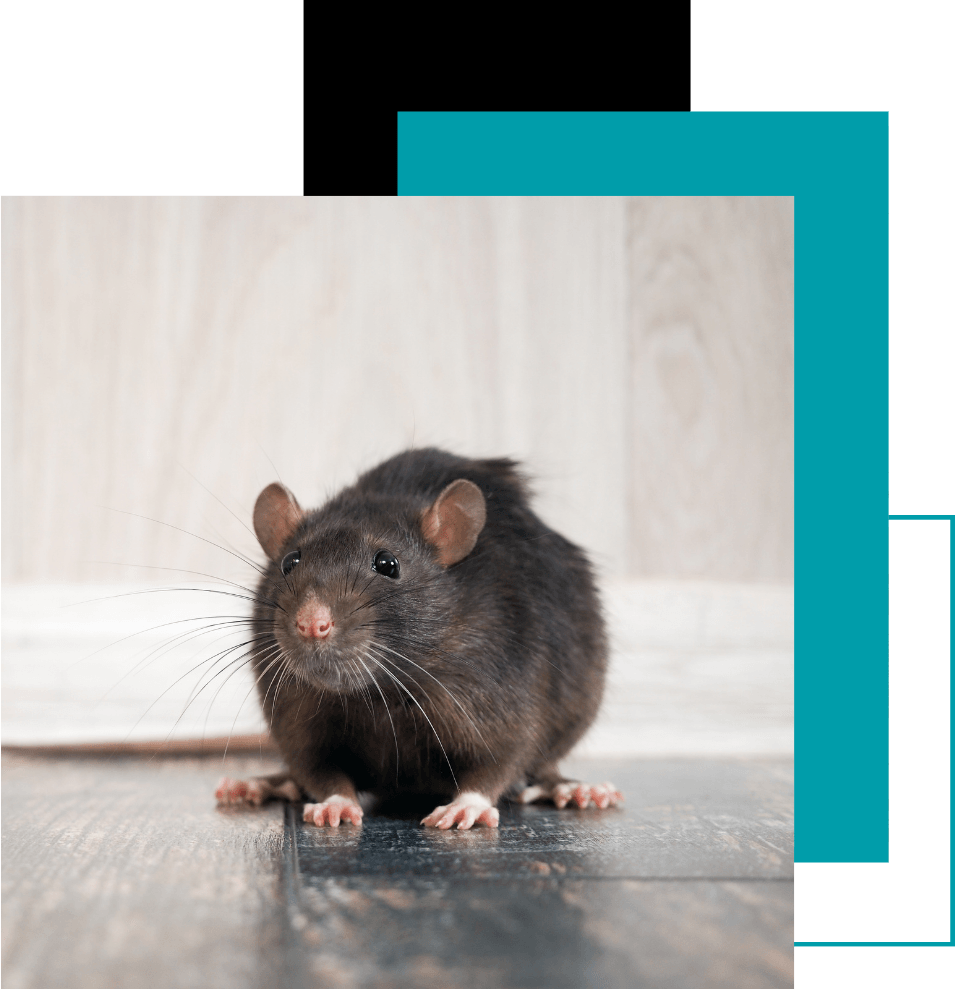
Rodents Control
It’s odd reading these words together, but Southern Arizona is home to the deadliest mouse in the world. It’s not the result of an experiment gone wrong, transmissible viruses, or a rodent apocalypse, and luckily, people aren’t the target. The carnivorous Grasshopper Mouse is the only one of its kind in North America. If the thought of a meat-eating mouse isn’t enough to give you chills, perhaps their prey can, centipedes, snakes, spiders, and the deadliest scorpion in the country, the Arizona Bark.
After the kill, they stand back on their hind legs and howl as a warning to others. They are immune to scorpion venom, and scientists are studying them with the hope of creating new anti-venoms and painkillers. In an eerie similarity to people, those raised by both parents were better suited for survival.
Unfortunately, Southern Arizona is home to many other mice and rats, and their stories are not so grand. In total, forty different species call the Grand Canyon State home. At the top of the list of destructive rodents is the roof rat. They have only been documented in Phoenix since 2001 and are now deeply entrenched in our communities and they are especially active in the fall. They spend 90% of their lives over four feet off the ground and are excellent climbers, using overhanging trees to make their way onto our roofs. They get in our homes easily through chimneys, roof vents, and vent pipes because they only need a hole about the size of a nickel for entry. If noises are coming from your attic, they are usually the culprit. The attic gives them a safe haven and access to materials for creating their nests, like insulation. From there, they can follow pipes down into the home and chew through the drywall to search for food.
While Roof Rats make their way in from the top-down, Norway Rats work from the ground up. They create burrows at ground level and below and can chew through materials that are not harder than their teeth. That may be comforting, but their teeth are harder than steel, with a 5.5 score on the Mohr hardness scale. They dig under a home’s foundation, creating voids that can cause shrinking and cracking concrete and lead to structural damage. They generally don’t chew through concrete but can if the material was not cured properly. Even though they are not as destructive as their cousins, the White-throated pack rat and the Arizona cotton rat can carry hantavirus and arenavirus.
Because they are smaller than rats, the house mouse is between 10 and 20 times more likely to infest your property. They are prolific breeders, and their sheer numbers can cause property destruction and food contamination. Their teeth grow continually, and without constantly gnawing them down, they would grow through the mouse’s head. These nuisances, along with rats, can carry about thirty-five diseases transmissible to humans through contact with bodily fluids and bites.
Contact 520 Termite & Pest Solutions for a free estimate to keep your family protected from these pests. We’ve proudly been taking care of our Phoenix, Scottsdale, and Tucson neighbors for over forty years. That type of longevity doesn’t happen without top-quality service and dedication.
